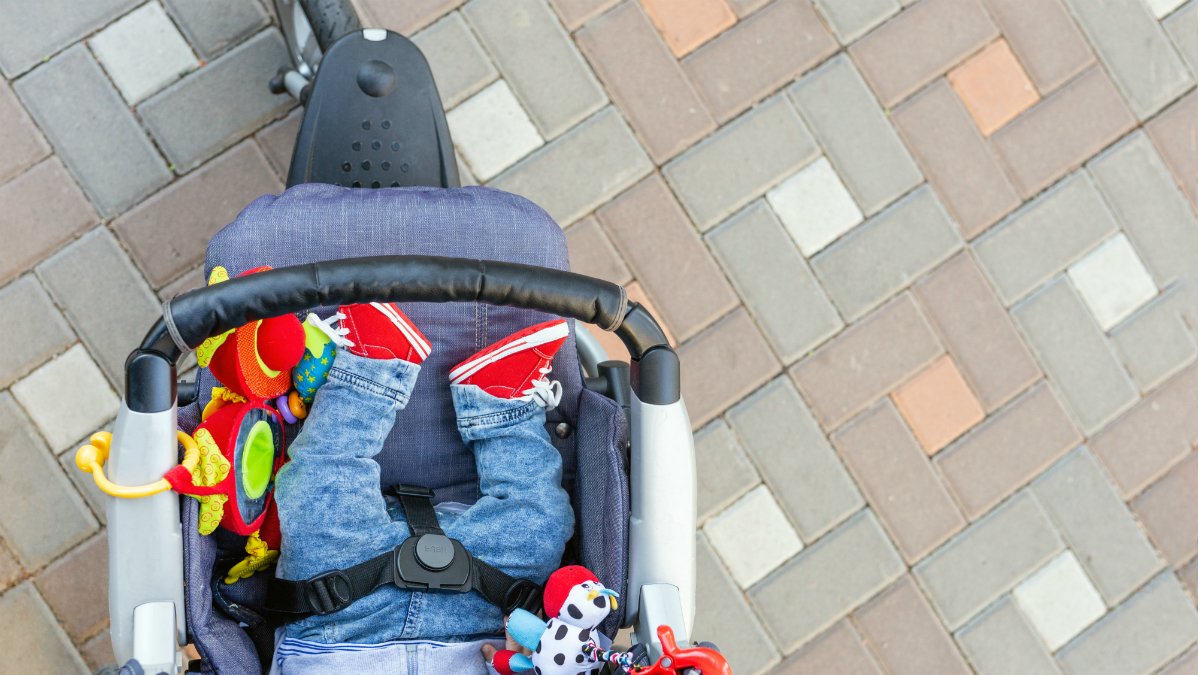Babies in popular low-riding pushchairs are exposed to alarming levels of toxic air pollutants
Parents who are using popular low-riding pushchairs could be exposing their babies to alarming levels of air pollution, finds a new study from the University of Surrey.

In a paper published by Environment International, experts from Surrey’s Global Centre for Clean Air Research (GCARE) investigated the amount of harmful air pollutants babies potentially inhale while out in a pram with their parents or carers.
The study looked at three different pushchair types – single pushchairs facing the road, single pushchair facing the adult and double pushchairs facing the road – and assessed the difference in concentration of pollutants compared to those experienced by adults. The GCARE team also investigated whether pushchair covers altered exposure levels.
The team simulated 89 school drop off and pick up trips in Guildford, Surrey, walking just over 2km, between the times of 8am to 10am and 3pm to 5pm.
Significantly, the team found that on average, regardless of the type of pushchair, babies could be breathing 44 per cent more harmful pollutants than their parents during both morning and afternoon school runs.
The GCARE team also found that a child at the bottom of a double pushchair faced up to 72 per cent higher exposure to pollutants than a child on the top seat.
However, the team from Surrey found a ray of hope in the form of pushchair covers, discovering that they reduced concentration of small-sized particles by as much as 39 per cent.
Professor Prashant Kumar, Founding Director of GCARE at the University of Surrey, said: “For parents, nothing is more important than the health of our children and this is why we at the University of Surrey are continuing to build on this research to understand the impact air pollution has on babies travelling in pushchairs.
“Our research shows that choices such as the type of pushchair you use, can impact on the amount of pollution your child faces when you are running a typical errand. But there is cause for some optimism, as our study confirms that pushchair covers and upping the buggy heights appears to have shielded children from an appreciable amount of pollution under certain conditions.”
This work is carried out under the MAPE Project, supported by an industry partner and an EPSRC PhD studentship (1948919), and Guildford Living Lab activities. It builds upon previous GCARE research into mitigating air pollution mitigation of in-pram babies.
Reference
Sharma, A., Kumar, P., 2020. Quantification of air pollution exposure to in-pram babies and mitigation strategies. Environment international. Link: https://doi.org/10.1016/j.envint.2020.105671.
Media Contacts
External Communications and PR team
Phone: +44 (0)1483 684380 / 688914 / 684378
Email: mediarelations@surrey.ac.uk
Out of hours: +44 (0)7773 479911
